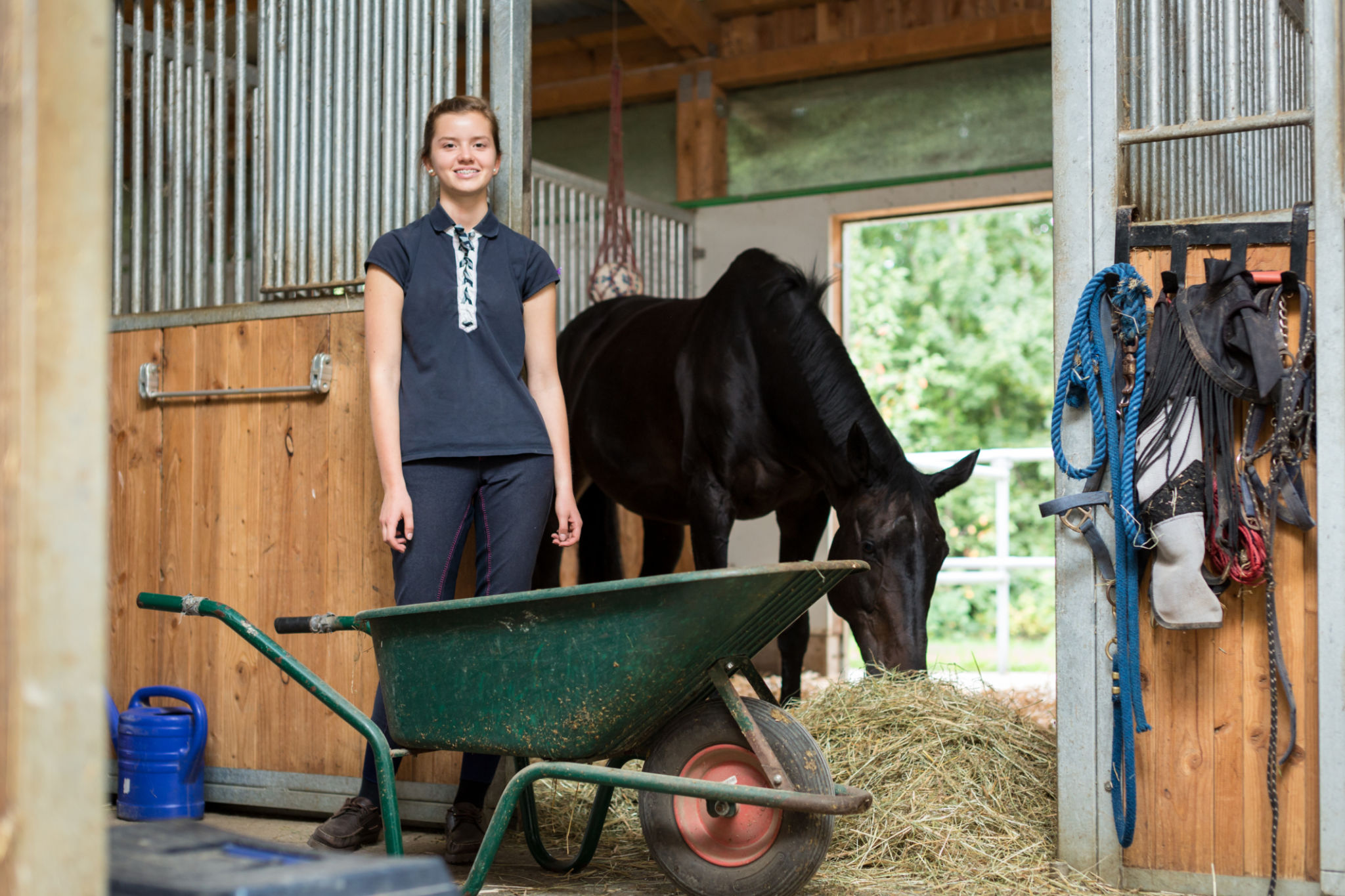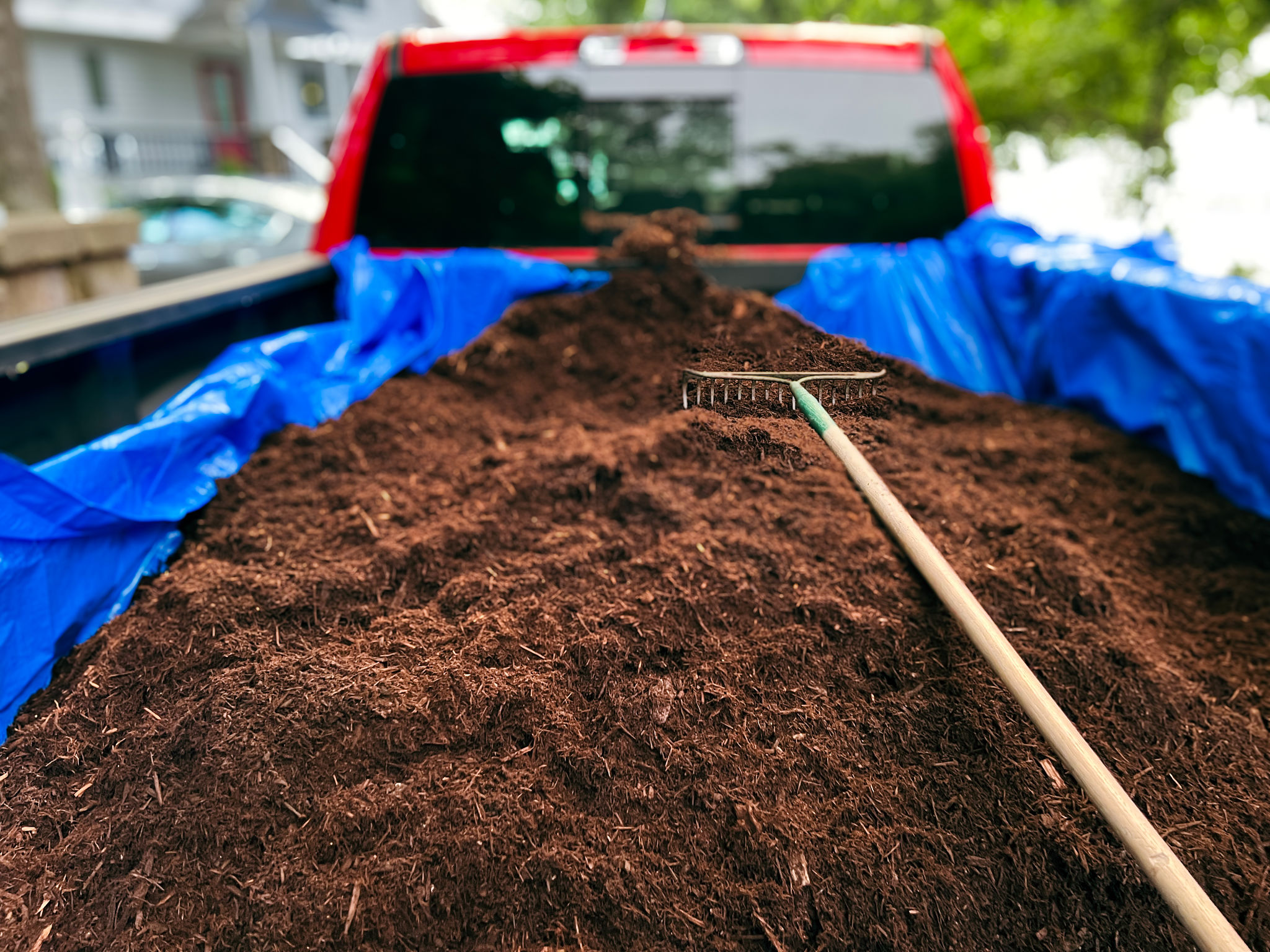Comprehensive Guide to Equine Waste Management Solutions
Introduction to Equine Waste Management
Effective equine waste management is crucial for maintaining a clean and healthy environment for horses. Not only does it help in reducing odors and flies, but it also minimizes the risk of disease and contamination. Managing horse manure efficiently can also be beneficial for the environment by reducing greenhouse gas emissions and enhancing soil fertility when used as compost.

Understanding the Composition of Horse Manure
Horse manure primarily consists of undigested plant material, water, and microorganisms. It is rich in nutrients like nitrogen, phosphorus, and potassium, making it an excellent fertilizer when properly processed. However, fresh manure can harbor parasites and pathogens, so it's essential to handle it with care.
The bedding material used in stalls also contributes significantly to the volume of waste produced. Common bedding materials include straw, wood shavings, and sawdust. Each of these materials has its own rate of decomposition and impact on composting processes.
Environmental Impact
Improper disposal of horse waste can lead to water pollution if runoff enters local waterways. Additionally, large accumulations of manure can produce methane, a potent greenhouse gas. Therefore, implementing sustainable waste management practices is vital for both environmental protection and community health.

Methods of Equine Waste Management
There are several methods available for managing horse manure effectively. The choice of method will depend on factors such as the number of horses, available space, and local regulations. Here are some common approaches:
- Composting: This is a natural process that transforms manure into a nutrient-rich soil amendment. Proper composting requires careful management of moisture, temperature, and aeration to ensure complete decomposition.
- Manure Spreading: Spreading manure on fields can be beneficial if done correctly. It should be applied at appropriate times to prevent nutrient runoff into water bodies.
- Manure Removal Services: For facilities with limited space, hiring a professional service to remove manure can be an efficient solution.

Composting Best Practices
To achieve successful composting, certain best practices should be followed. These include maintaining a proper balance between carbon-rich and nitrogen-rich materials, ensuring adequate aeration by turning the pile regularly, and monitoring moisture levels to keep the pile properly hydrated.
Additionally, a compost thermometer can be used to monitor the internal temperature of the pile, ensuring that it remains within the optimal range for microbial activity. This not only speeds up decomposition but also helps in effectively killing off any harmful pathogens present in the manure.
Legal Considerations and Community Relations
Managing horse waste isn't just about environmental responsibility; it's also about adhering to local regulations and maintaining good community relations. Many areas have specific guidelines regarding the storage and disposal of animal waste to prevent nuisance odors and pollution.
Staying informed about these regulations and actively engaging with the local community can help prevent conflicts and ensure that waste management practices are both effective and acceptable to neighbors.

Conclusion
Comprehensive equine waste management is essential for horse owners who are committed to sustainable practices. Implementing effective solutions can significantly reduce the environmental impact while benefiting the health of both horses and humans. By understanding the composition of manure, employing appropriate management methods, and staying compliant with regulations, horse owners can contribute positively to their communities and the environment.
